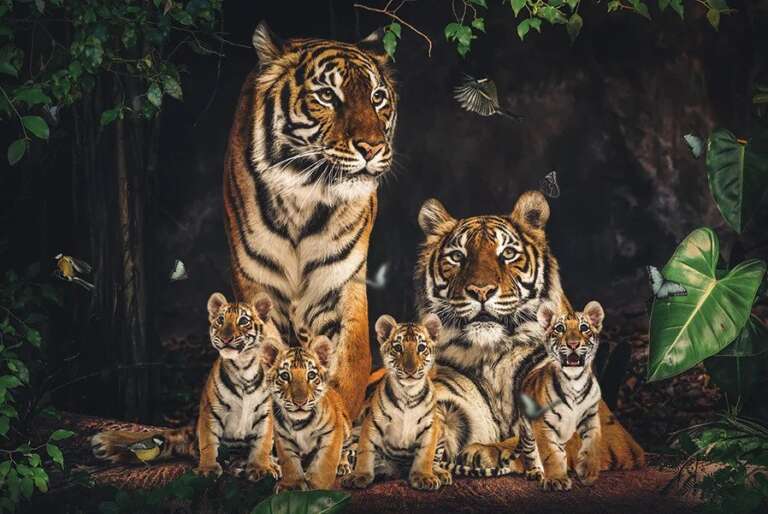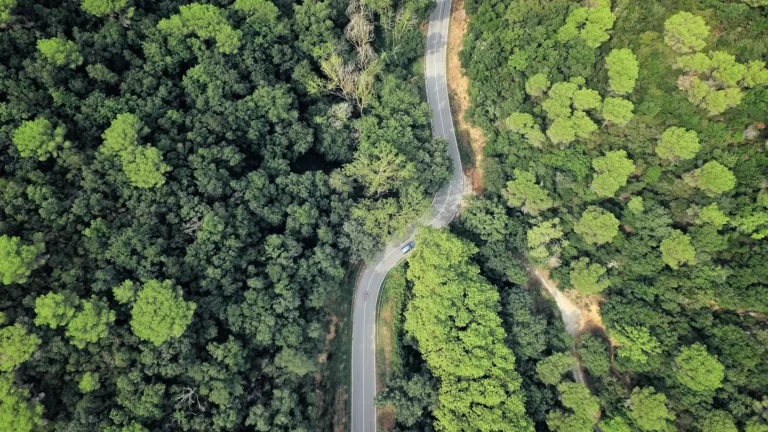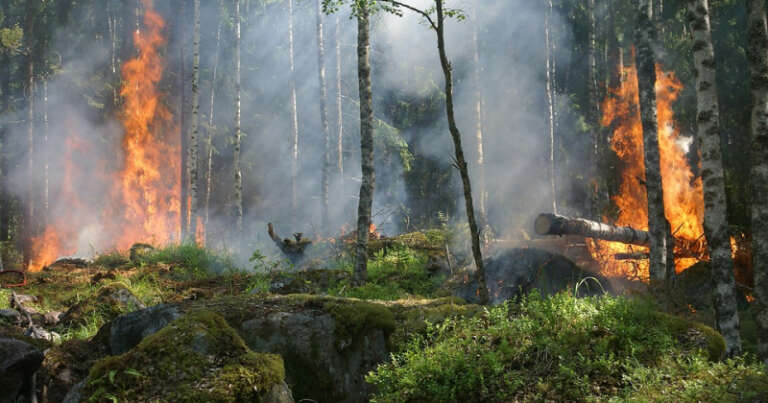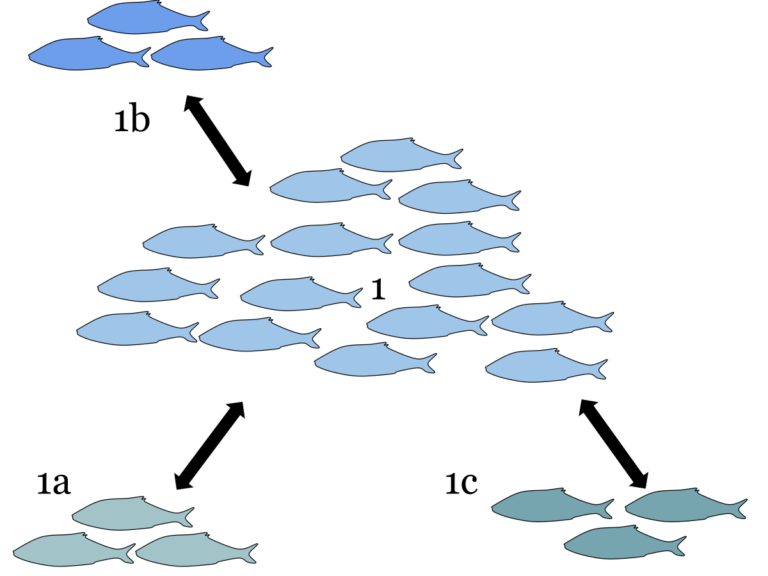Difference Between Keystone Species and Umbrella Species
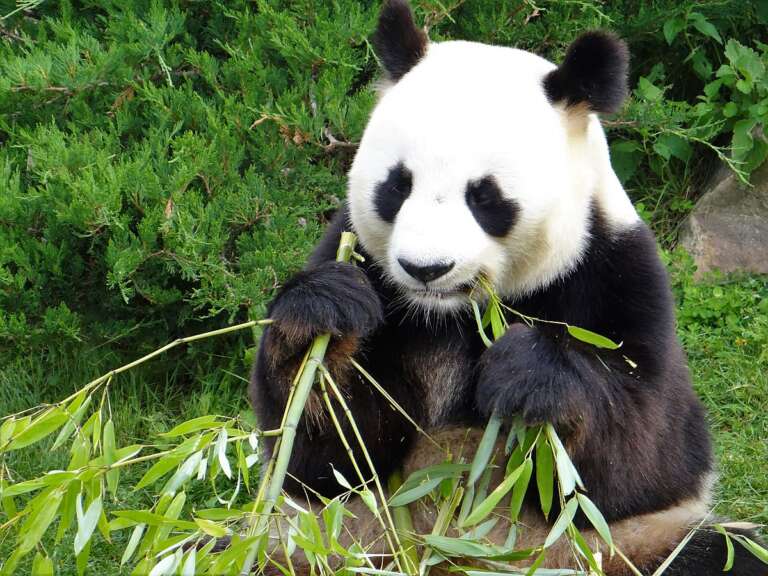
A community is an assemblage of species living close enough together for potential interaction which differ in their species richness, species evenness, and relative abundance of different species. In an ecosystem, there are various species-specific niches either isolated or overlapped.…

